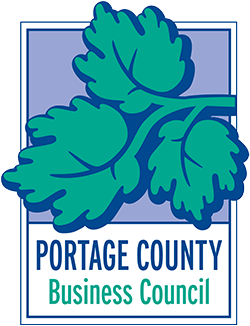"Hunting is a cherished sport, but it’s important to listen to your body, use proper tools, and ask for help when needed."
WAUSAU, Wis. – As deer hunting season kicks off across Wisconsin, Michigan, and Minnesota, hunters are encouraged to prioritize safety—particularly when using tree stands. Tree stand accidents are a leading cause of hunting-related injuries, with 300-500 fatalities annually in the U.S., according to the International Hunter Education Association. At Aspirus Wausau Hospital (AWH), three of the ten trauma cases seen last weekend were due to tree stand falls.
“Tree stand injuries can range from minor fractures to life-altering conditions like traumatic brain injuries or paralysis,” says Jennifer Doering, PA-C, from the Aspirus Emergency Department. “We also see spinal fractures, internal organ damage, and long bone injuries, which can take years to recover from—or never fully heal.”
To help hunters reduce their risk of injury, Doering and the Aspirus team recommend these essential safety tips:
1. Inspect Your Equipment
Before heading out, examine your tree stand and surrounding area. Ensure straps, climbing gear, and tree stands are secure and free from wear or rodent damage. Select sturdy, healthy trees for new installations.
2. Always Use Safety Equipment
A properly secured safety harness can mean the difference between life and death. Always wear one and stay connected to a lifeline while climbing or sitting in your stand.
3. Avoid Carrying Gear While Climbing
Use a haul line to raise and lower equipment to avoid losing your balance.
4. Be Prepared for Emergencies
Keep your cell phone fully charged and, on your person, not in your backpack.
If you or a hunting partner falls, call 911 immediately, put the phone on speaker, and follow the dispatcher’s guidance. “Keep the injured person still, warm, and stable while assessing their condition to provide responders with accurate information,” says Doering.
In addition to tree stand injuries, Doering advises hunters to be cautious when field-dressing deer or dragging heavy game to avoid lacerations and heart-related incidents. “Hunting is a cherished sport, but it’s important to listen to your body, use proper tools, and ask for help when needed,” she adds.
By following these safety measures, hunters can minimize their risk and focus on enjoying a successful and injury-free season. For more hunting safety resources, visit your state’s Department of Natural Resources website.
Aspirus Health - Stevens Point Hospital & Clinics
-
Andrew Krauss Local Media Contact
- November 22, 2024
- 715-847-2780
- Send Email



